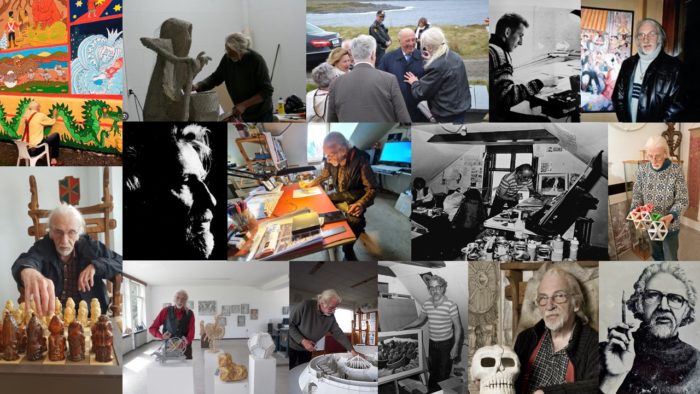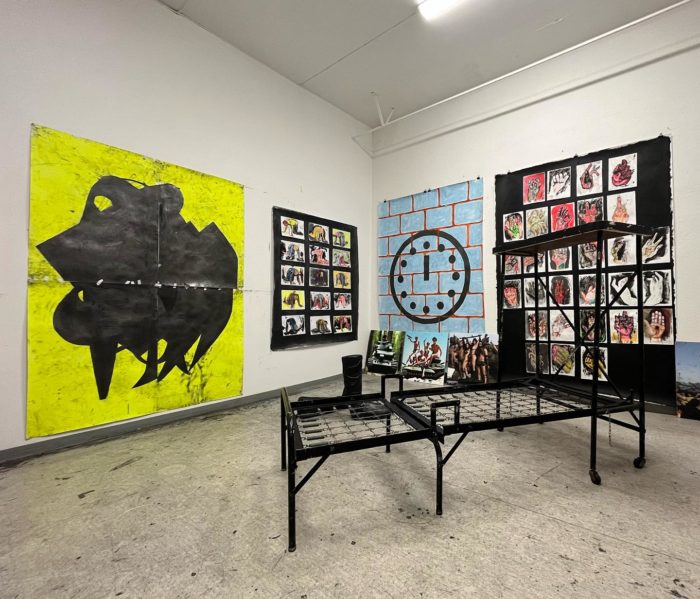Last month, the art scene in Oslo was notably enriched by the opening of two exhibitions featuring prominent Icelandic artists, Haukur Halldórsson and Ásmundur Ásmundsson. These events marked a significant moment for cultural exchange and artistic dialogue between Norway and Iceland, highlighting the increasingly global nature of the Nordic art scene.
The exhibition “Haukur Halldórsson: A Journey Through Art and Time,” hosted at Street Art Norge, was inaugurated on April 19 by the Icelandic ambassador to Norway, Högni S. Kristjánsson. The event was a significant occasion, attended by Halldórsson’s family and a diverse crowd of art enthusiasts. Halldórsson, renowned for his deep engagement with mythology and folklore, has infused his art with narratives from Nordic and Icelandic legends, which have resonated well beyond his native Iceland. His exhibition in Oslo featured a range of his works, from intricate jewel designs to large-scale paintings and sculptures, demonstrating his versatile artistic prowess.
Simultaneously, Ásmundur Ásmundsson’s thought-provoking work was showcased at the Oslo Open ’24. Ásmundsson, a postwar and contemporary artist, utilizes mixed media and digital technologies to explore and critique modern societal issues. His use of artificial intelligence in art, particularly in the sculptural piece “Pinnacle,” positioned at the Akureyri Art Museum, explores themes of impending global challenges but with an underlying hint of optimism. His work encourages viewers to engage with the complexities of our times through a new and innovative lens.

Haukur Halldórsson: A Journey Through Art and Time
Both artists have previously seen their work featured in prestigious settings, but their concurrent exhibitions in Oslo represent a particularly vibrant exploration of the dynamic and evolving role of art in societal reflection and critique. This series of exhibitions not only highlights the rich cultural contributions of Icelandic artists to the Norwegian art scene but also fosters a deeper understanding and appreciation among audiences.
The presence of Icelandic art in Norway is emblematic of a broader trend toward embracing Nordic collaboration in the arts, which is increasingly seen as a vital part of the cultural dialogue in Scandinavia. These exhibitions have not only been a showcase of individual talent but have also served as a bridge between the traditional and the contemporary, the local and the international.
As the exhibitions drew to a close, the impact of Halldórsson and Ásmundsson’s work continued to resonate, promising a lasting influence on the Norwegian art scene and suggesting a future rich with further Nordic artistic collaborations. The successful integration of these Icelandic artists into one of Oslo’s vibrant artistic hubs underscores a shared commitment to cultural exchange and the continuous evolution of art in the Nordic countries.

